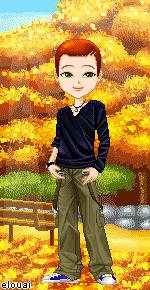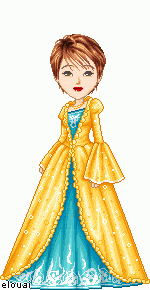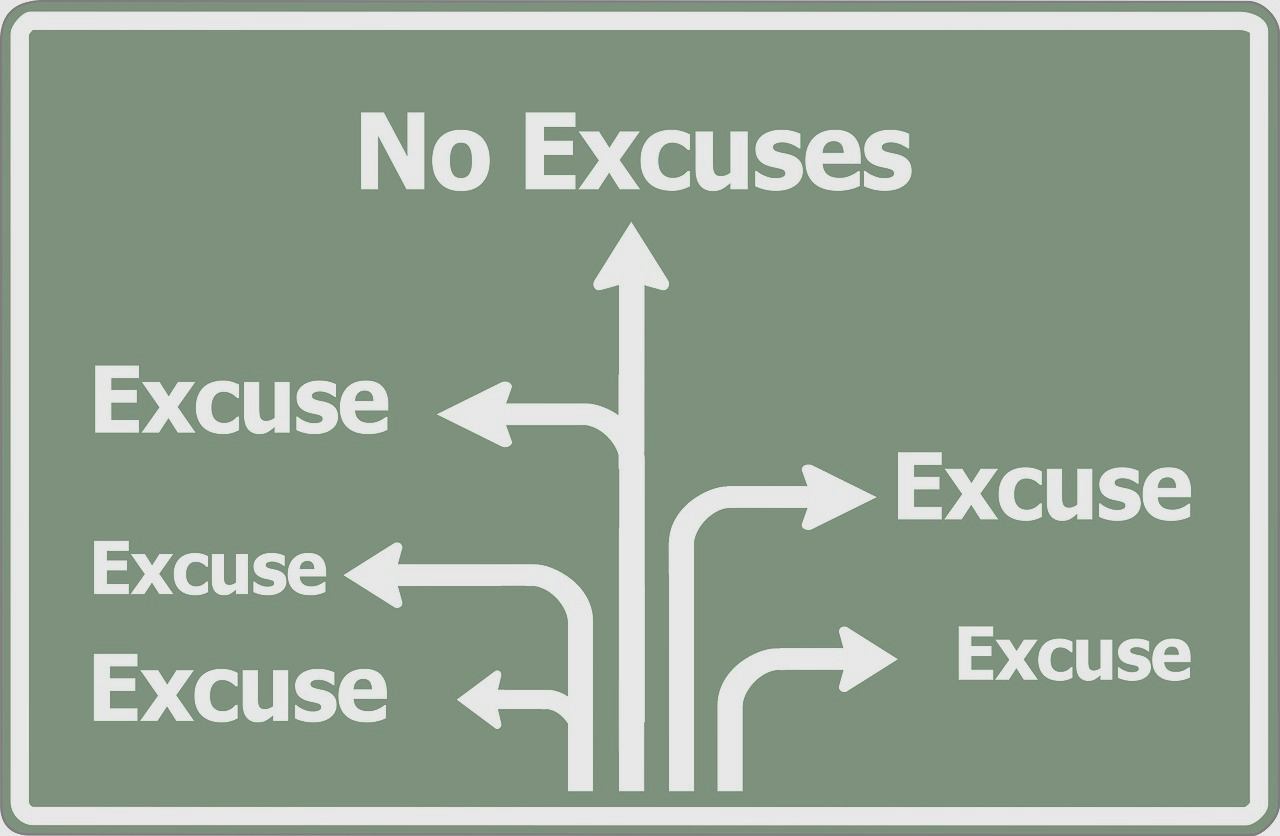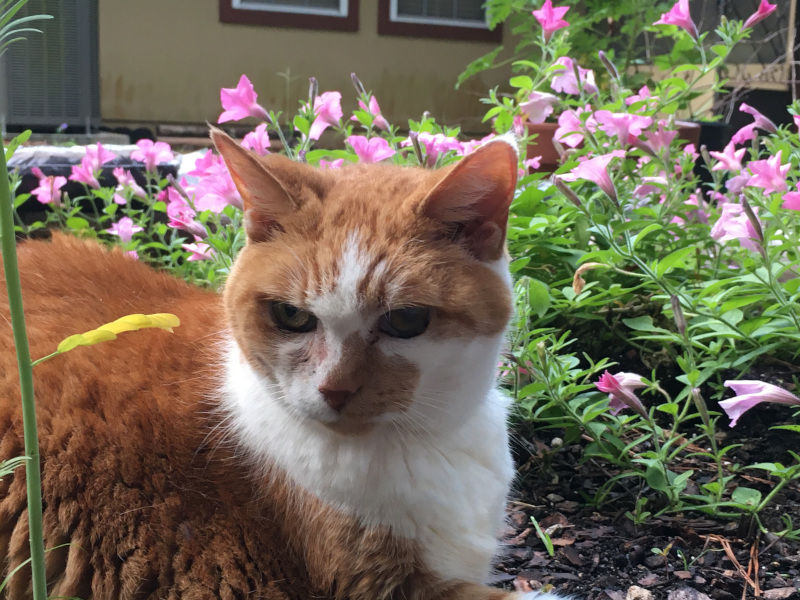In a conversation with my writing mentor yesterday, I came to the realization that I use the same approach to character creation whether I am designing a character for a role playing adventure, or crafting the protagonist of my next story.* I guess I shouldn’t be surprised, a character is a character, regardless of where it will be used.
So, for me, what does creating a character involve?
Initial Idea
When I am creating characters, there is usually some aspect about the individual that I feel is important to the upcoming story. For D&D,** it is a mix of the character race and class, as defined in the Players Handbook, but also something that draws me to them, a personality quirk, or something of a juxtaposition between the “typical” rendering of a specific type of character – why yes, I am playing a lawful good thief, and I have the reasons why that all makes sense.
Similarly, when I am sitting down to write a story, I have an idea of the role my character is going to play in the story, and how I want them to impact their environment, and at the same time be changed by it. So, for a character to be impacted by, and able to affect LGBT legislation in her city, I need her to have some contact with that community, and to have a role in the government in some capacity. For me, these are the big ideas, the seed from which I begin to build my character.
Naming
For all the baby-naming sites and books available (and don’t get me wrong, I’ve got 3 separate baby name books on my shelf, and BehindTheName.com bookmarked on multiple machines), I find the resource I turn to most is my copy of the Character Naming Sourcebook.
I’ll approach searching for a name in one of two ways. Either, I am going for a certain “feel” for the name, and I’ll start browsing certain lists (which are language and/or culture centric). For important characters, I may have an idea of what I want a name to mean, and I’ll start at the reverse index at the back of the book, trying to find a name that sounds right that also carries some sort of secret meaning (either apropos to the character, or contrary to their nature).
Getting to know them
Over the years I have had access to many character development tools. The one I keep going back to for all kinds of characters is one I found for gaming. “The 100 Most Important Things To Know About Your Character (revised)” (Originally posted on GeoCities, the site is now defunct, but with the magic of the Internet Archive’s Wayback Machine, I present to you the last active version of the page where I originally found this resource.)
When I’m building a D&D character, I tend to fill out the whole 100 questions, for writing, sometimes I’ll fill out the basics section, then randomly pick 5 other questions per character (another great use for those percentile dice) to answer. For me, the key to this phase is to answer the questions as if I were the character sitting in an interview. If there is something I know about a character, but it is not something that they would tell to a nosy interviewer, I may note it in parentheses, but the reply to the question will be a snarky comment, a diversion away from the question, or even an outright lie. This tool lets me explore the character voice, before they even get to their story.


Images
Sometimes I like to see what my characters look like. My favorite tool for that is Candybar Doll Maker– I fall back to version 3, though later versions have different options, most of the clothing is contemporary, so I make do with what’s available, and my imagination.
What I’m left with
When the time comes to start an adventure in an RPG, or a novel, I have a fairly complete picture of my character’s backstory. I know what happened to bring them to the point where the story starts, and I (usually) have some idea of how I expect them to develop as a character over the course of the story. I know the basic character arc I am shooting for, and while that may change, either due to unexpected elements brought into the game by the DM, or by story elements that arise during my discovery-writing a book, I have a complete character that I get to watch grow and adapt as the story develops.
*I uses these techniques primarily for novel-length works; for short stories the backstory isn’t as important to me, and I let the character evolve as I write the piece.
**More exactly, Advanced Dungeons and Dragons – anywhere from 2nd – 5th editions.


